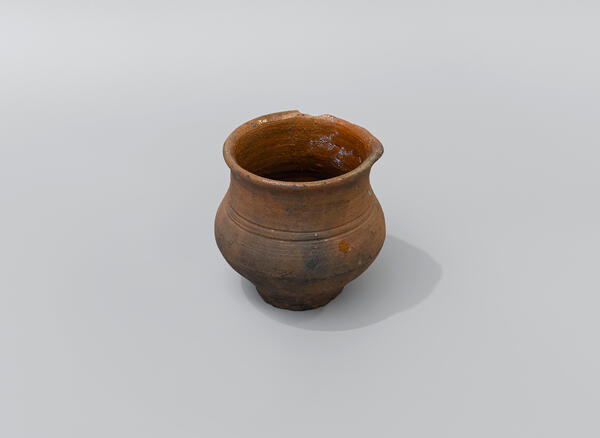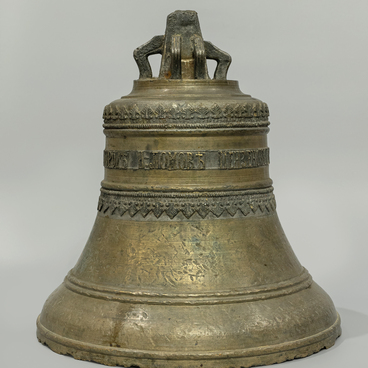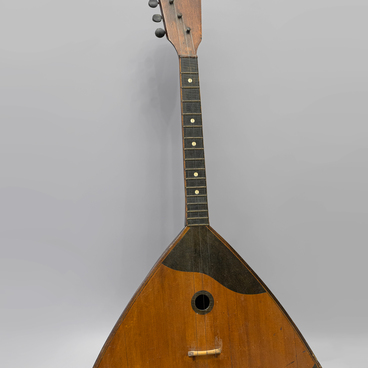Clay pottery became widely used in Russia starting from the 17th century. The main utensil for cooking was the pot. Its Russian name (gorshok) originated from the Slavic word “gorn”, which referred to a kiln for firing ceramic products. Pots were used both for cooking and for storing food, such as milk, berries, or grains.
The shape of the pots was adapted for boiling in the Russian stove, where the vessels with food were positioned at the same level as the burning firewood or coals, being heated from the side rather than from below, as in an open hearth. In a traditional Russian izba (cottage), there were usually several pots of different shapes and sizes. Some were intended for cooking porridge and soups, while others were for boiling water.
The names of the elements of the pot reflected a connection to humans: the pottery item had a neck, handle, spout, and body, and the pot as a whole was compared to a head. Pots were often seen as a dwelling place for the soul and spirits. There was a tradition of not throwing away cracked pots, but instead wrapping them in strips of birch bark and storing dry products in them.
Given the role that the pot played in everyday life, it is not surprising that it was associated with many beliefs. For example, during literacy lessons, when transitioning from the alphabet to the prayer book and from the prayer book to the Psalter, the student would bring a pot of porridge, a paper napkin, and half a kopeck. The teacher and students would eat the porridge, after which they would take the pot to the middle of the yard and break it with sticks. When moving to a new house, it was essential to take an old pot, as it was believed that this would help transfer the household spirit to the new place. Burning coals from the stove of the old house would be placed in the pot and poured into the stove of the new residence, and the pot itself would be broken.
In the Kursk Governorate,
eclipses were explained by the belief that witches would take the sun, moon,
and stars and hide them in jars. In Polesie, there was a belief that a person
caught stealing pots would be condemned to carry such an item or shards in
their hands, at their side, or in their teeth. In Belarus, it was believed that
if a potter passed through a village during the Christmas season, the young
women would not get married.


